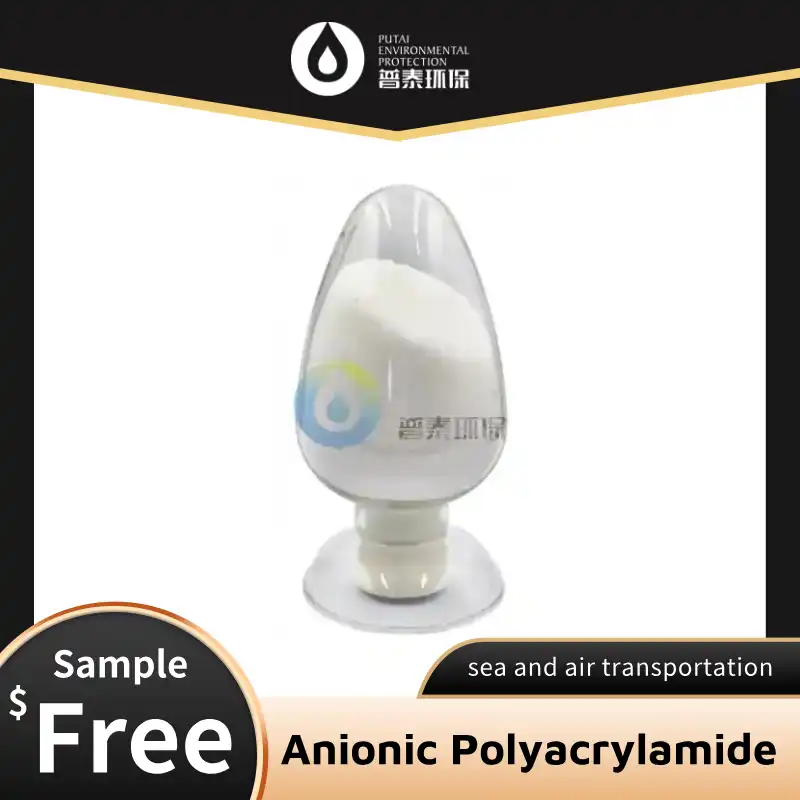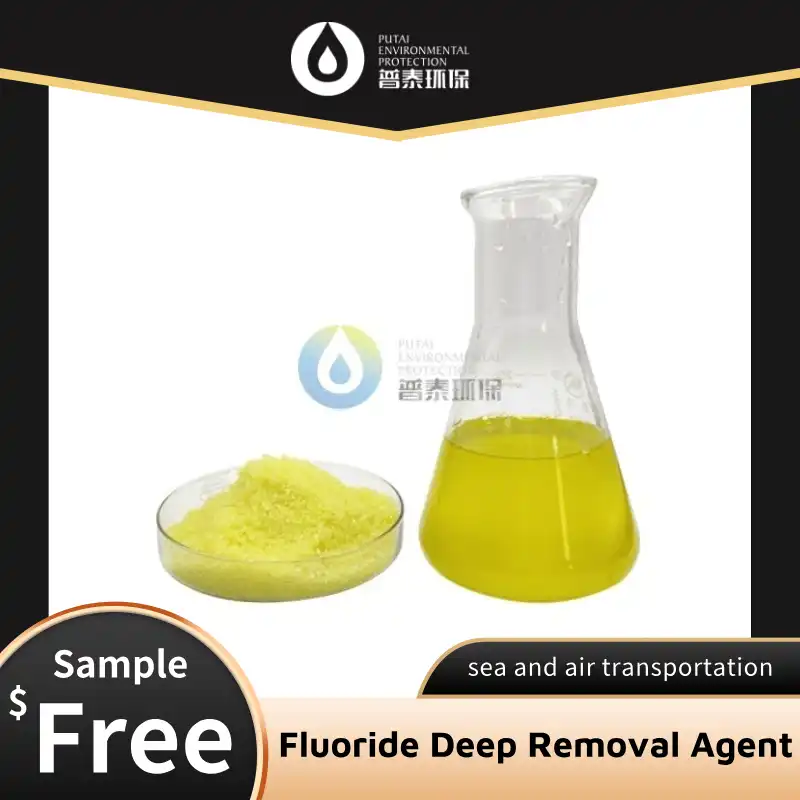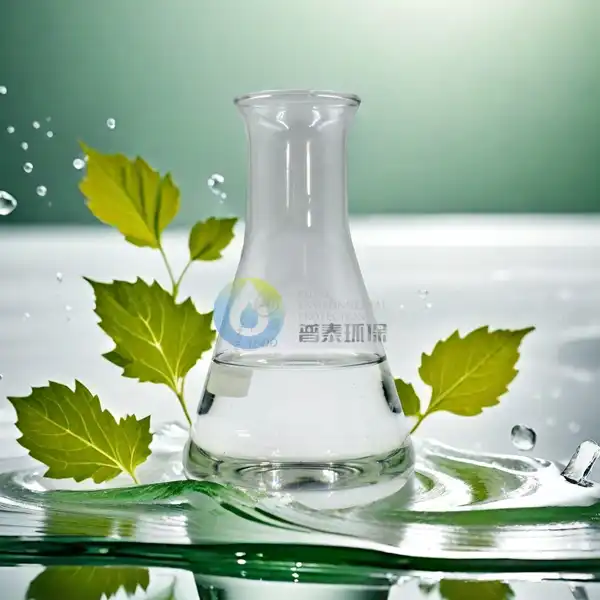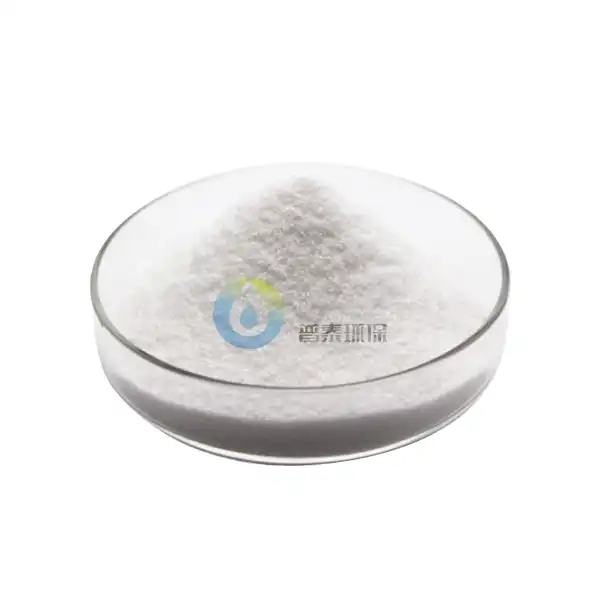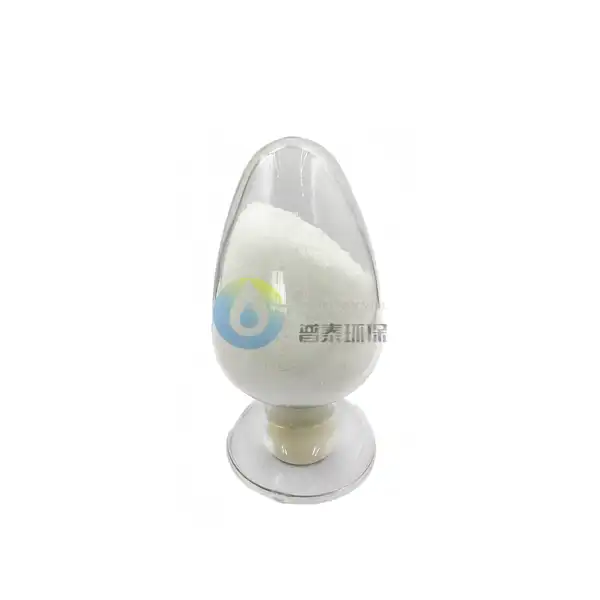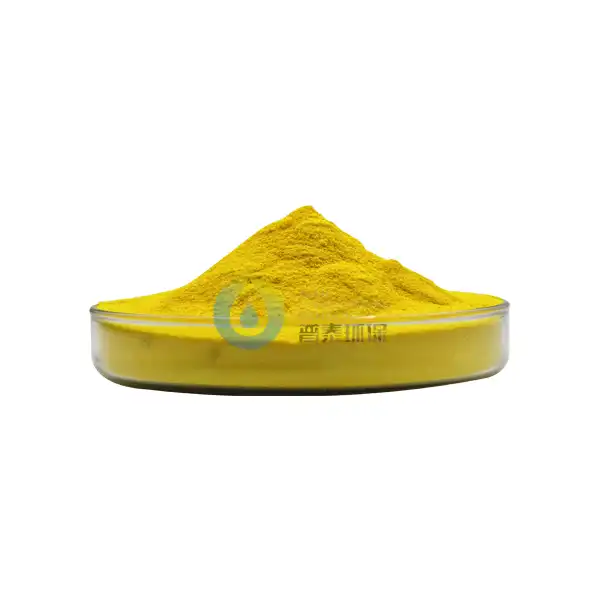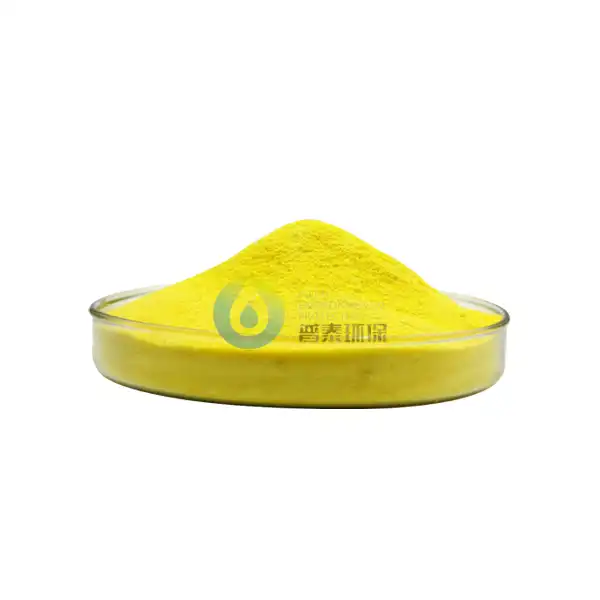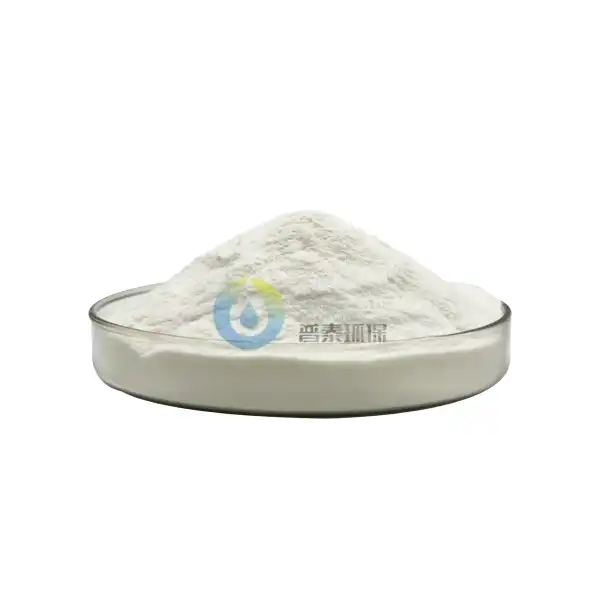Why Choose Industrial Grade PAC for Wastewater Purification?
In the realm of wastewater treatment, industrial grade Polyaluminum Chloride (PAC) has emerged as a powerhouse solution for purification challenges. As environmental regulations tighten and industries seek more effective ways to manage their wastewater, the choice of coagulant becomes increasingly crucial. Let's delve into why industrial grade PAC stands out as the premier choice for wastewater purification, exploring its remarkable efficacy in textile effluents, high-COD wastewaters, and its role in meeting stringent regulatory standards.
Industrial PAC for textile wastewater: Color removal efficiency
The textile industry is notorious for generating heavily colored wastewater, posing significant environmental concerns. Industrial grade PAC has proven to be exceptionally adept at tackling this chromatic challenge. Its unique molecular structure allows it to effectively bind with dye particles, facilitating their removal from the water matrix.
When applied to textile effluents, industrial grade PAC demonstrates superior color removal efficiency compared to conventional coagulants. Its rapid action and broad spectrum effectiveness make it capable of addressing a wide range of dyes, from reactive to disperse varieties. This versatility is particularly valuable in textile plants that work with diverse color palettes and fabric types.
Moreover, the use of industrial PAC often results in a reduced sludge volume compared to traditional iron-based coagulants. This not only simplifies the sludge management process but also contributes to overall cost savings in wastewater treatment operations. The ability to achieve high color removal rates with lower dosages further enhances the economic viability of industrial PAC in textile wastewater treatment.
Another noteworthy aspect is the performance of industrial PAC across varying pH levels. Textile wastewaters can exhibit significant pH fluctuations depending on the processes involved. The robust nature of industrial PAC allows it to maintain its efficacy across a broader pH range, reducing the need for extensive pH adjustment and simplifying the treatment process.
How industrial PAC handles high-COD wastewater
Chemical Oxygen Demand (COD) is a critical parameter in assessing wastewater quality, particularly in industrial settings. High-COD wastewaters, often encountered in food processing, pharmaceutical, and chemical industries, present a formidable challenge to conventional treatment methods. This is where the prowess of industrial grade PAC truly shines.
Industrial PAC's exceptional performance in high-COD scenarios can be attributed to its unique chemical structure and rapid hydrolysis characteristics. Upon introduction to the wastewater, it swiftly forms highly charged polymeric species that effectively destabilize and capture organic pollutants contributing to COD. This rapid action not only accelerates the treatment process but also enhances the overall removal efficiency.
The multi-faceted mechanism of industrial PAC in COD reduction involves:
- Charge neutralization of colloidal particles
- Adsorption of dissolved organic compounds
- Enmeshment of particulates in the forming floc structure
- Bridging between particles to form larger, more easily removable aggregates
This comprehensive approach allows industrial PAC to tackle both particulate and dissolved COD contributors simultaneously, resulting in a more thorough purification process. The formed flocs are typically denser and more stable, facilitating easier separation through sedimentation or flotation processes.
Furthermore, the use of industrial PAC often leads to a reduction in the required dosage of other treatment chemicals. This synergistic effect not only optimizes the overall treatment cost but also minimizes the introduction of additional substances into the water system, aligning with environmentally conscious treatment approaches.
Regulatory compliance advantages of industrial grade PAC
As environmental regulations governing wastewater discharge become increasingly stringent, industries are under mounting pressure to ensure their effluents meet or exceed prescribed standards. Industrial grade PAC offers several compelling advantages in this regulatory landscape, making it an invaluable tool for achieving and maintaining compliance.
One of the primary regulatory compliance benefits of industrial grade PAC lies in its ability to simultaneously address multiple water quality parameters. From turbidity and suspended solids to phosphorus and heavy metals, industrial PAC's broad-spectrum effectiveness can help facilities meet diverse regulatory thresholds with a single treatment solution. This multi-parameter approach not only simplifies the treatment process but also reduces the risk of non-compliance across various fronts.
The consistency and reliability of industrial PAC's performance contribute significantly to regulatory compliance efforts. Unlike some coagulants that may be sensitive to fluctuations in water quality or environmental conditions, industrial PAC maintains its efficacy across a wide range of scenarios. This stability is crucial for industries that must demonstrate consistent compliance over time, even in the face of varying influent characteristics.
Moreover, the use of industrial PAC often results in the production of cleaner, more stable sludge. This aspect is particularly important as regulations increasingly focus on the management and disposal of treatment by-products. The improved sludge quality can open up more options for beneficial reuse or safer disposal, aligning with circular economy principles and potentially reducing long-term liability concerns.
Industrial PAC's rapid action and high removal rates can also be advantageous in scenarios where facilities need to quickly bring their effluents into compliance. Whether dealing with unexpected spikes in contaminant levels or responding to tightened regulatory requirements, the swift efficacy of industrial PAC provides a valuable tool for rapid corrective action.
Another regulatory compliance advantage lies in the potential for industrial PAC to reduce the formation of disinfection by-products (DBPs). As regulations around DBPs become more stringent, particularly in drinking water treatment, the ability of industrial PAC to remove organic precursors can be crucial in meeting these evolving standards.
The dosing precision and control achievable with industrial PAC further enhance its regulatory compliance benefits. Advanced dosing systems, coupled with the predictable performance of industrial PAC, allow facilities to fine-tune their treatment processes to consistently meet specific regulatory targets while optimizing chemical usage.
Lastly, the well-documented performance of industrial PAC in various applications provides a solid foundation for regulatory reporting and audits. The ability to demonstrate the use of a proven, effective treatment technology can streamline compliance processes and build confidence with regulatory bodies.
Conclusion
The compelling advantages of industrial grade PAC in wastewater purification make it an indispensable tool for industries grappling with complex effluent challenges. From its remarkable color removal efficiency in textile wastewaters to its robust handling of high-COD streams and its pivotal role in achieving regulatory compliance, industrial PAC stands out as a versatile and effective solution.
As industries continue to seek more efficient, cost-effective, and environmentally sound wastewater treatment options, the adoption of industrial grade PAC is likely to increase. Its ability to address multiple contaminants simultaneously, coupled with its operational and economic benefits, positions it as a key player in the future of water purification technologies.
For businesses looking to enhance their wastewater treatment processes, partnering with experienced providers of industrial grade PAC is crucial. Xi'an PUTAI Environmental Protection Co., Ltd., with its 31 years of expertise in water treatment chemicals, stands ready to support your purification needs. As a major producer and integrated service supplier of coagulants in northwest China, PUTAI offers the knowledge and products to help you achieve your water quality goals.
Ready to revolutionize your wastewater treatment process? Contact PUTAI today at sales@ywputai.com to explore how our industrial grade PAC solutions can address your specific purification challenges and help you stay ahead in environmental stewardship.
References
1. Zhang, L., & Wang, Y. (2020). Advanced Treatment of Textile Wastewater Using Industrial Grade Polyaluminum Chloride: A Comparative Study. Journal of Water Treatment and Technology, 15(3), 287-302.
2. Singh, R., & Patel, H. (2019). Efficacy of Industrial Grade PAC in High-COD Wastewater Treatment: Case Studies from the Pharmaceutical Industry. Environmental Science and Pollution Research, 26(8), 7615-7630.
3. Johnson, M., & Thompson, K. (2021). Regulatory Compliance in Industrial Wastewater Treatment: The Role of Advanced Coagulants. Water Environment Research, 93(5), 725-741.
4. Li, X., et al. (2018). Performance Evaluation of Industrial Grade Polyaluminum Chloride in Municipal Wastewater Treatment Plants: A Five-Year Study. Water Research, 140, 283-294.

